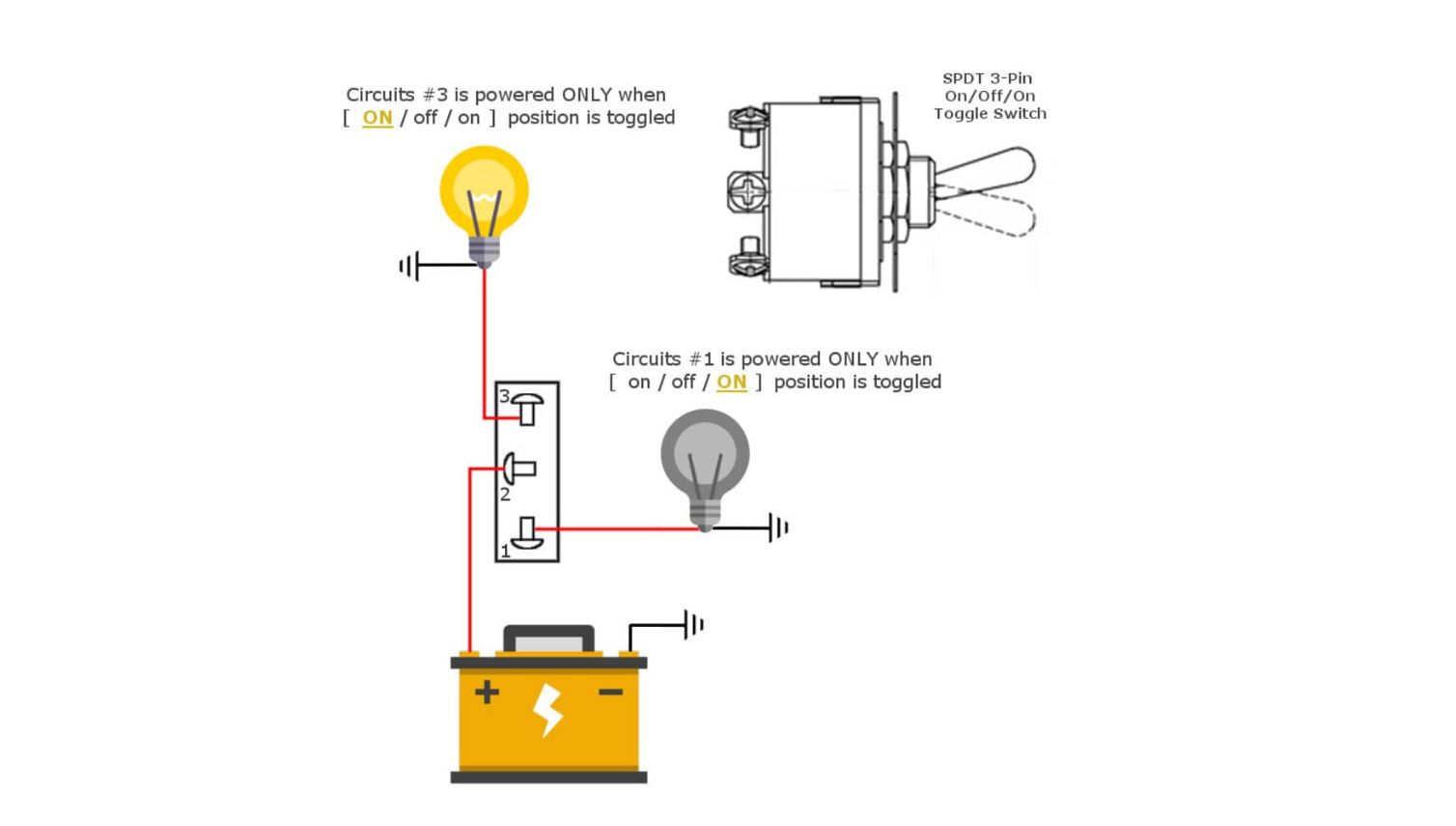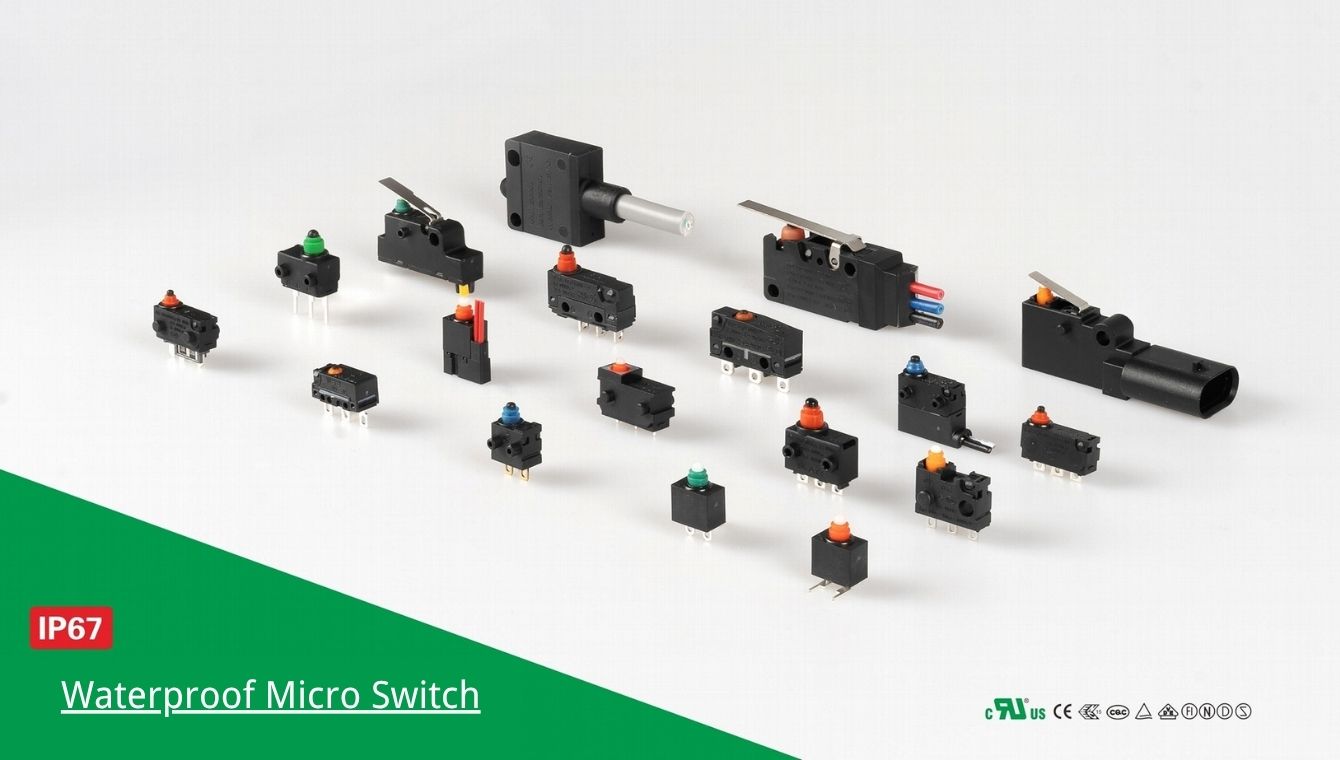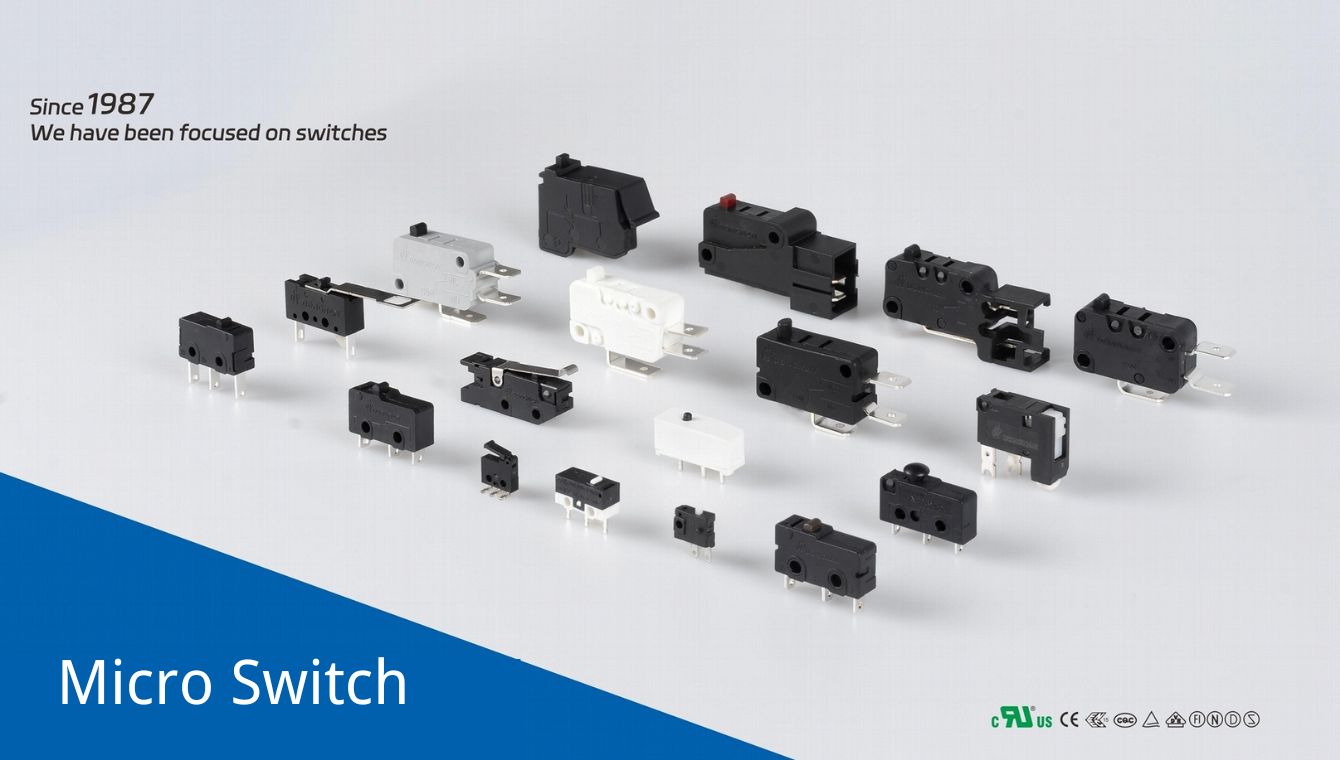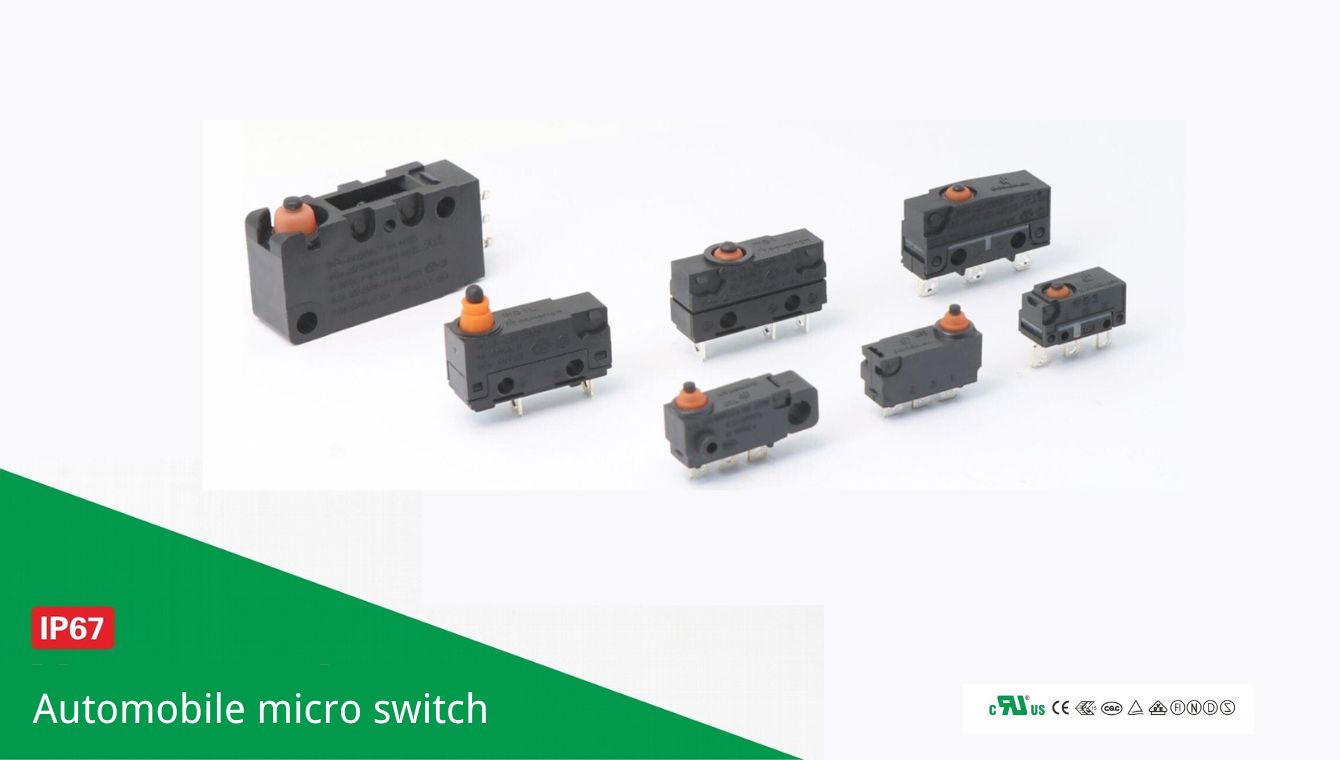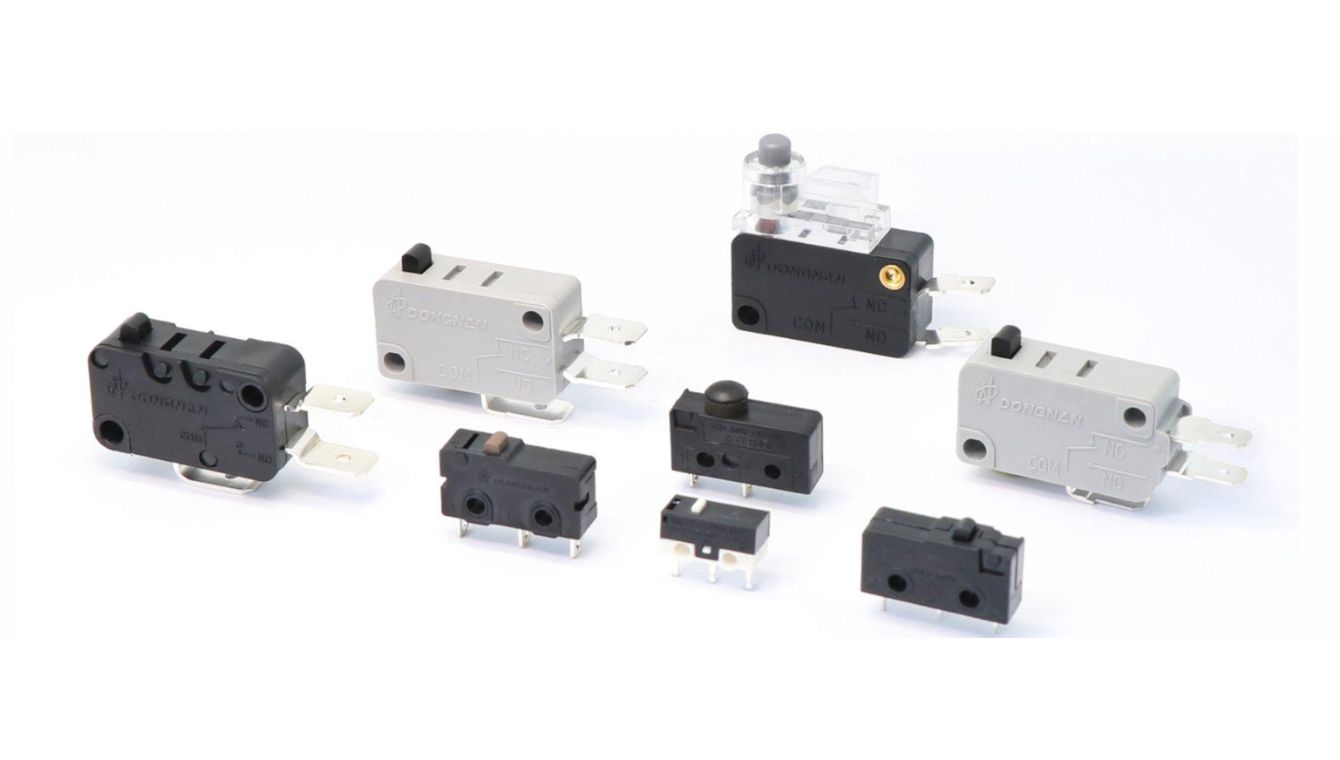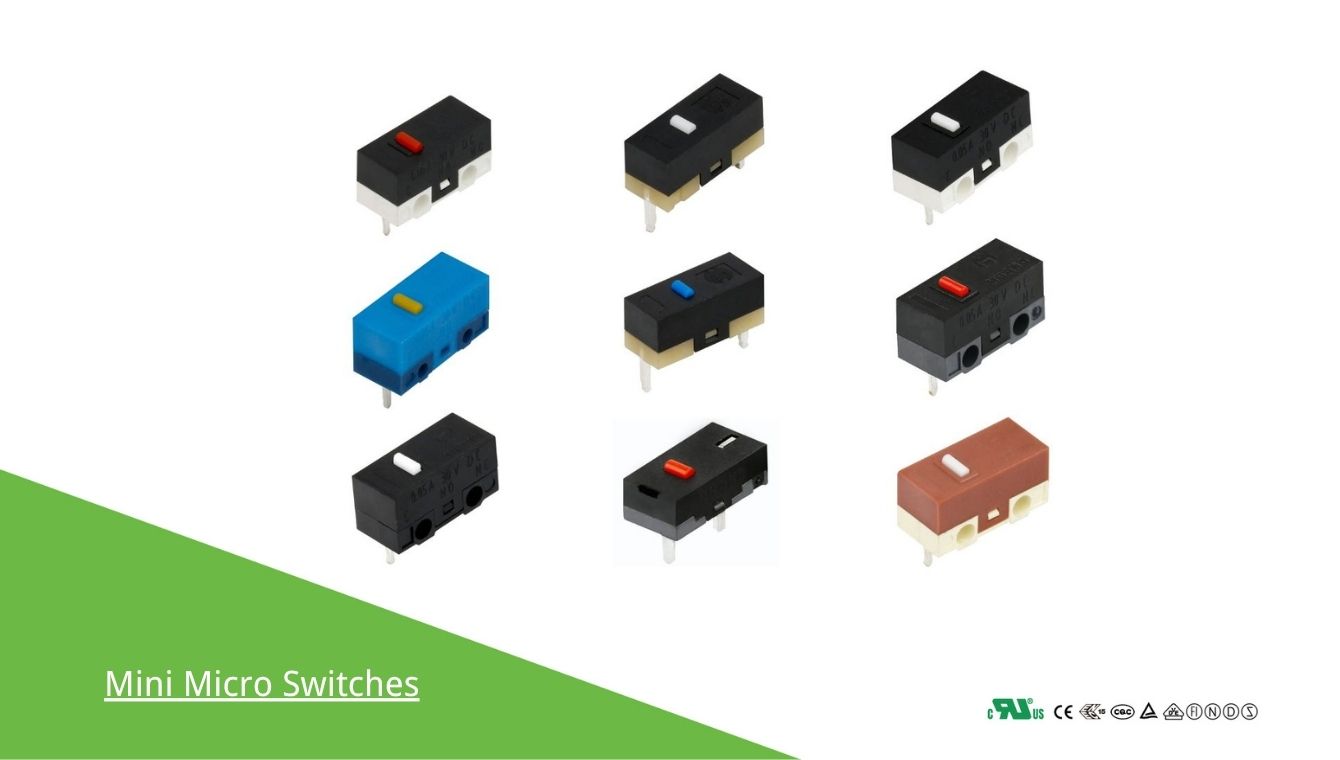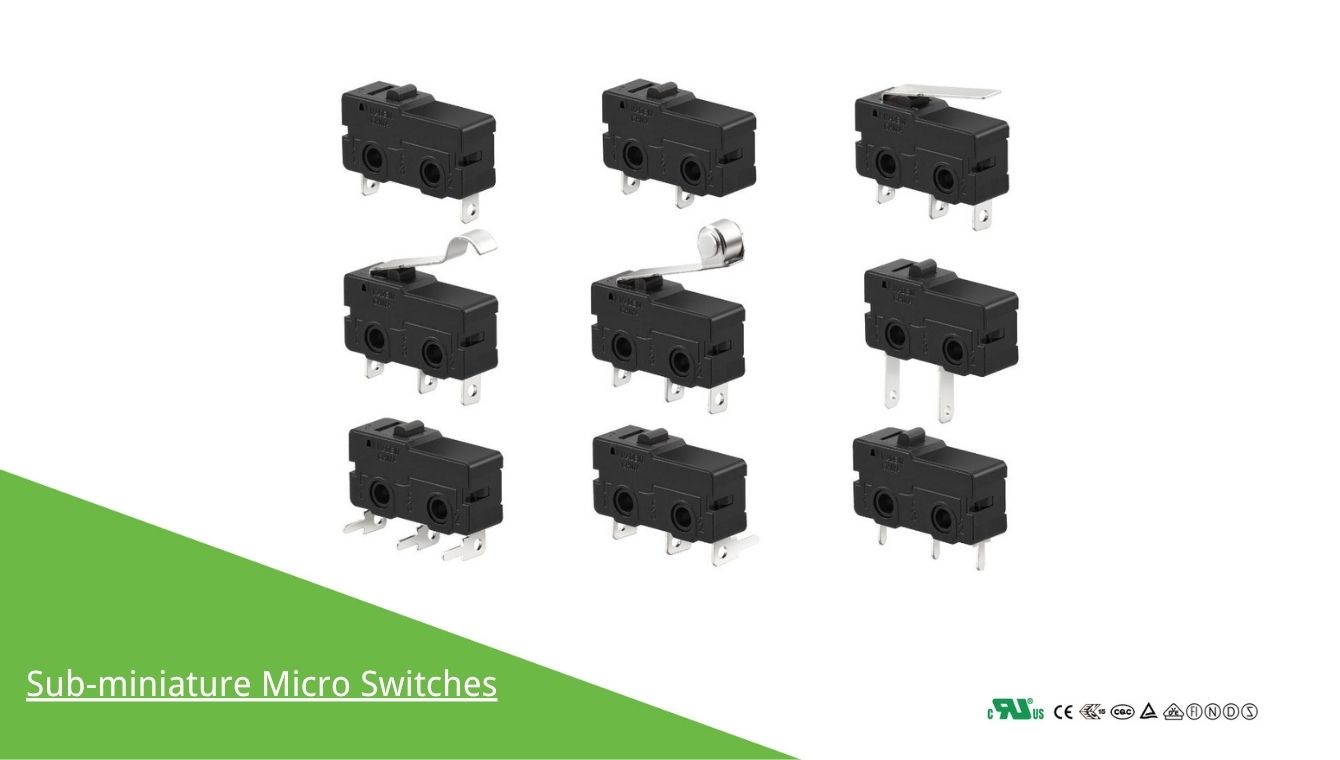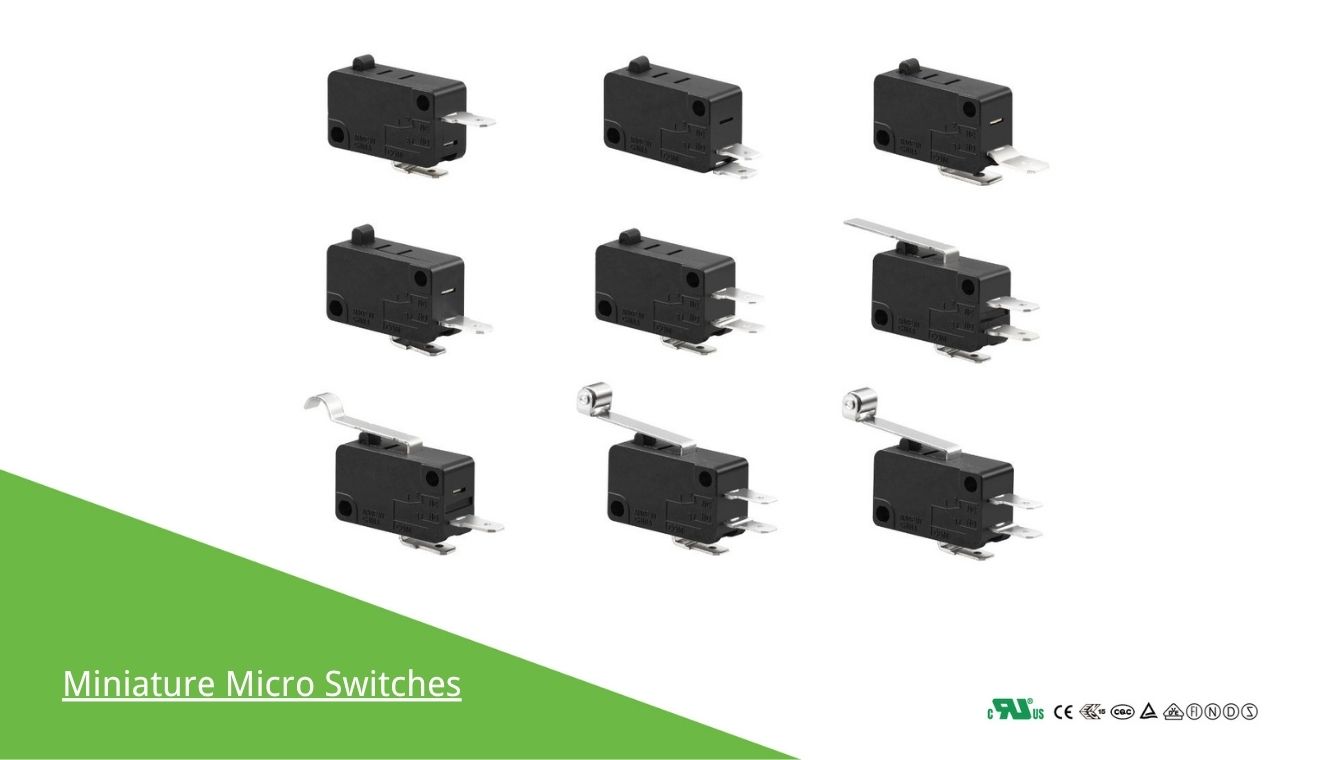What is a Single Pole Switch?
A single pole switch is a basic electrical switch that controls a circuit from one location. It’s the most common type of light switch found in homes, controlling a light fixture or other device using a simple “on” or “off” function.
The switch has one input and one output, and it either completes or breaks the circuit to turn the device on or off.

SPST VS SPDT

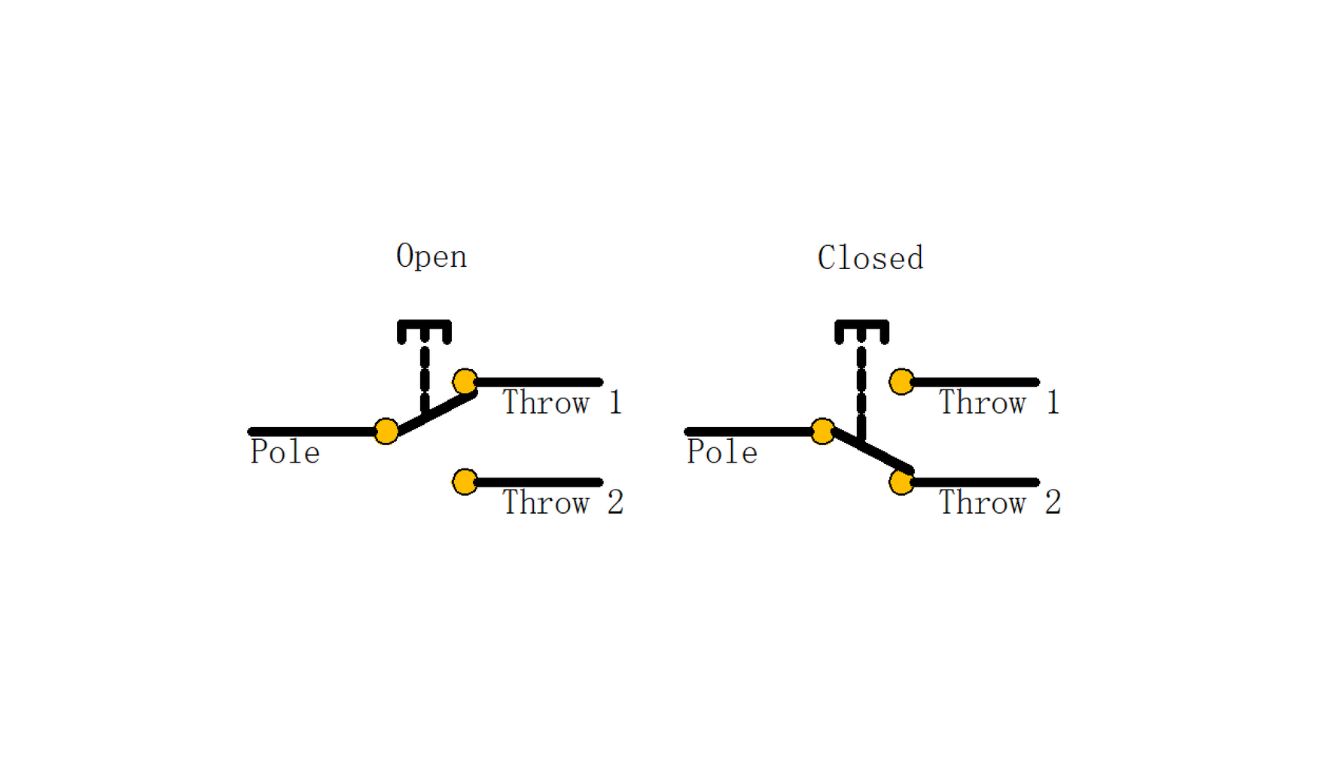
The main difference between SPST and SPDT switches lies in their functionality: SPST (Single Pole Single Throw) switches are simple on/off switches, while SPDT (Single Pole Double Throw) switches can switch between two different circuits.
SPST switches have one input and one output, while SPDT switches have one input and two outputs.
Single Pole Switch vs Double Pole Switch

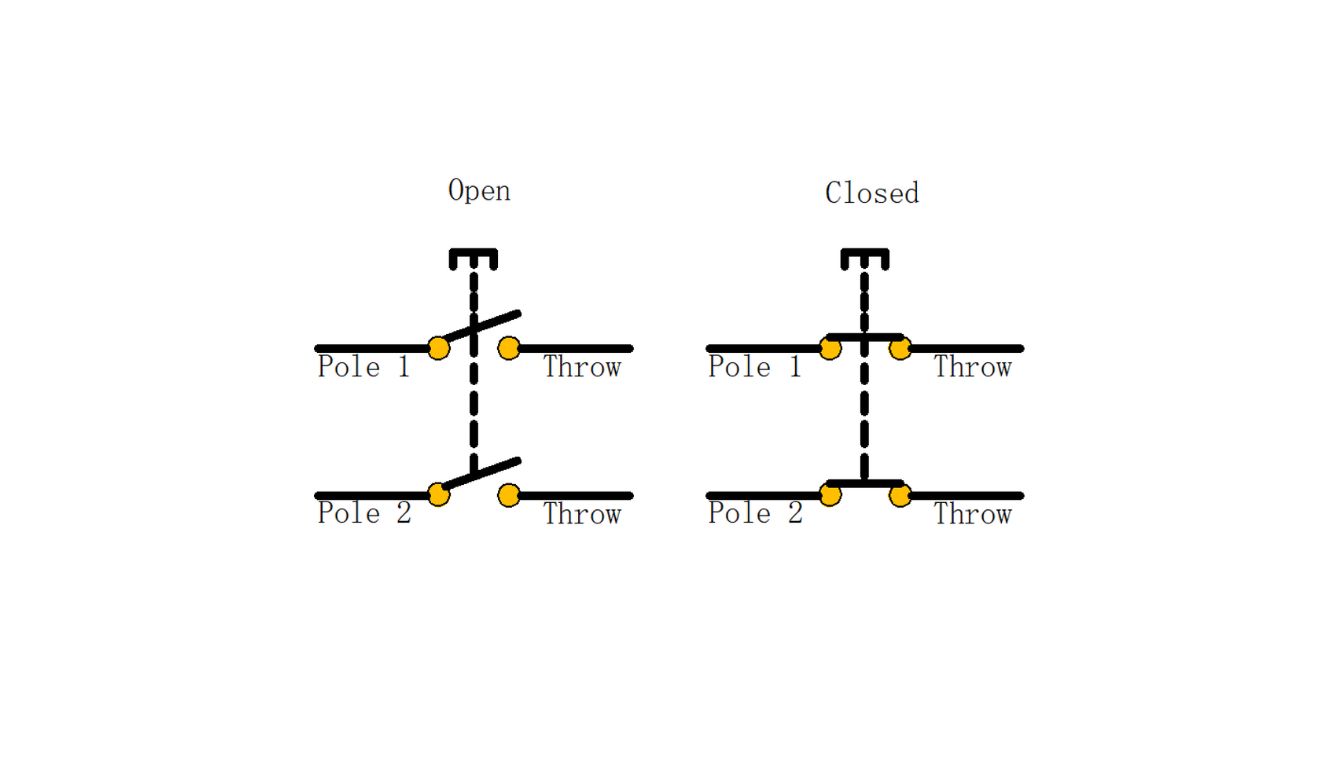
A single pole switch controls one circuit and is commonly used for lights, turning them on or off from one location.
A double pole switch controls two separate circuits simultaneously, often used for appliances requiring 240V, switching both live and neutral wires for added safety.
Single pole switches have two terminals; double pole switches have four. Both are used for different electrical needs based on circuit requirements.
How to Wire a Single Pole Switch?


